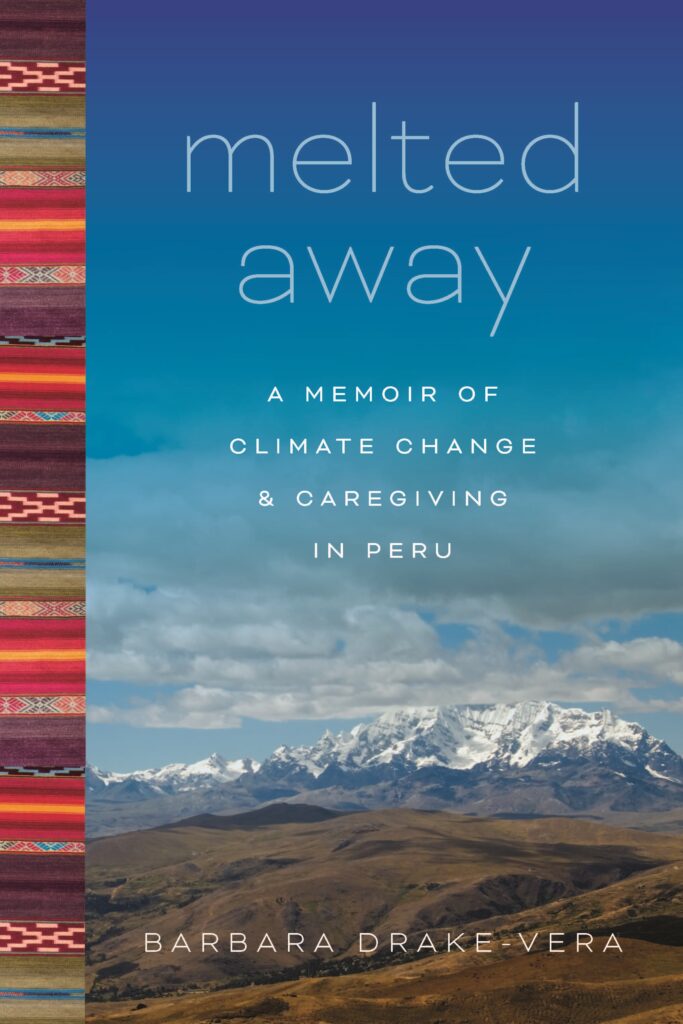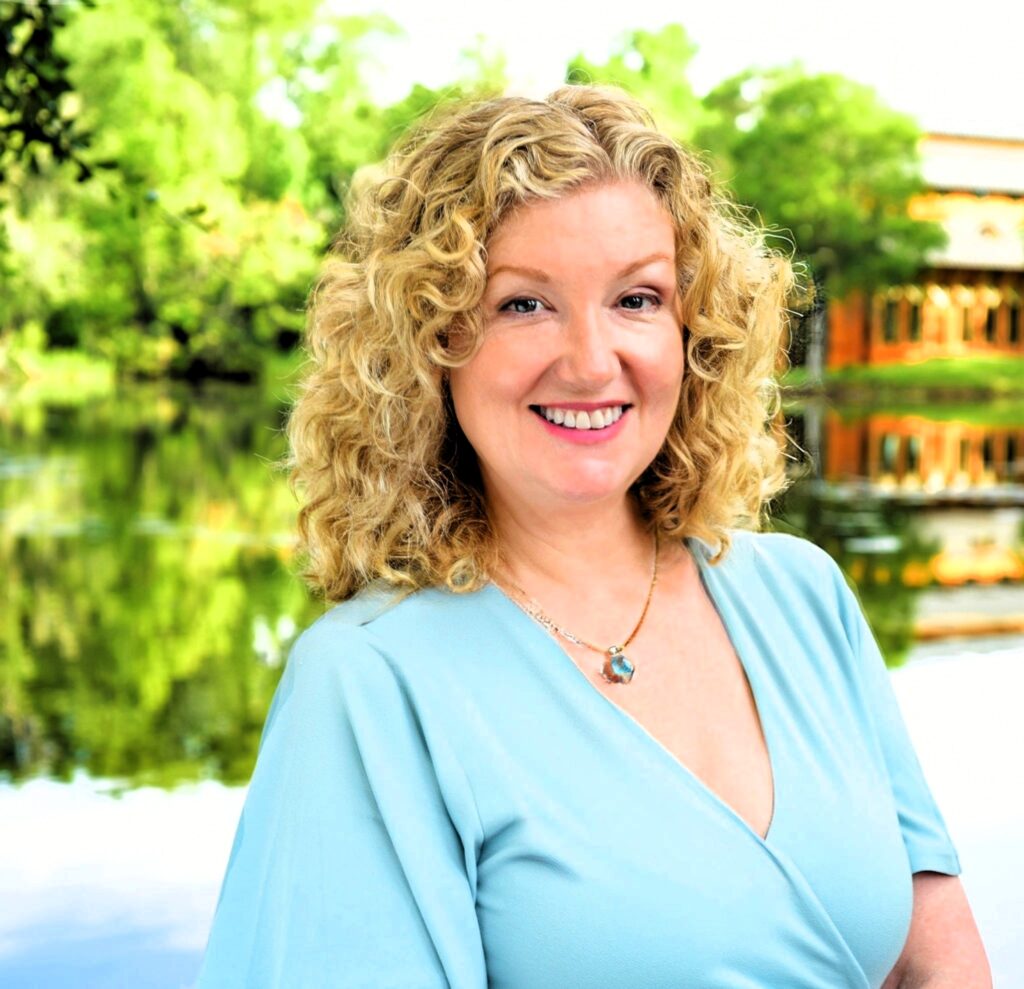By Barbara Drake-Vera
Readers often ask me questions about Andean culture and disappearing glaciers at author events for my new book, “Melted Away: A Memoir of Climate Change and Caregiving in Peru.”
But one of my favorite, though less commonly asked, questions is: “How did you decide to weave together two storylines — one about reporting on climate change, the other about caring for a parent with Alzheimer’s disease — into a single book?”
The answer? The destructive processes of climate change and dementia, and the unique griefs they provoke, have much in common. And these emotions are increasingly becoming hallmarks of the human experience in the 21st century.

For seven years (2007–2014), I lived and worked in Peru, where I investigated the melting of tropical glaciers in the high Andes with photographer Jorge Vera. A longtime Floridian, I had no direct experience of glaciers until I saw one up close in June 2006, on an 18,000-foot-high peak in southern Peru that the Andean people have venerated since pre-Columbian times.
On the afternoon I climbed to Qolqepunku (“Silver Gate” in Quechua), I found the white face of the glacier swarming with joyous pilgrims. They were laughing and throwing snowballs and harvesting sacred ice to bless their family members and crops back home. Leaning against the glacier’s immense, grit-studded terminus, I felt a surge of affection for the 50,000-year-old ice system and its luminous, turquoise-blue heart, visible through a large crack near the trailhead.
When I returned to Qolqepunku in May 2008, just two years later, the massive wall of ice I had leaned against was gone. The glacier had fled 40 feet up the mountain and lay panting, like a parched white tongue, between two barren peaks. A casualty of human-induced climate change, vanished into thin air.
I stood at the trailhead, puzzled, trying to reconcile my vivid memories of the mighty glacier I had once touched with the mud and moraine now under my feet. Yes, I was standing on the spot I had visited in 2006. I was there. However, there was no more “there” there.
A physically disorienting, crushing sadness enveloped me. I did not have words for it.
Not long after, I learned that a philosopher in Australia, Glenn Albrecht, had invented a word for this powerful, baffling emotion: solastalgia. The emotional and existential distress induced by environmental change. The feeling of homesickness when one is still at home.
The word is a combination of the Latin word sōlācium (comfort) and the Greek root -algia (pain, suffering, grief).
Less than three years after my mountainside bout with solastalgia, I had another shock. My widowed father in Florida was diagnosed with advancing Alzheimer’s and needed 24/7 care. Decisions were up to me since I was his only child.
Through a series of unusual events, I ended up bringing my father to live with me and my family in Lima, where trained Peruvian home-health aides helped me look after him for the next 18 months. They were among the most gifted and astute care professionals I have known.
It was heartbreaking to see my father’s cognition and behavior deteriorate — gradually, with occasional, sudden collapses — but as the process wore on, I sensed that I, as an onlooker, had traveled this unsettling landscape before.

My father with dementia was physically there, but mentally and emotionally he was not. He was my father, and he wasn’t my father. Both were true. The essence of who he was had evaporated.
Can you mourn a person who is still alive, I wondered?
After my father passed away, I encountered another unfamiliar term: ambiguous loss.
Researcher Pauline Boss coined the phrase in the 1970s to describe grief that is confusing and unresolved because it lacks the closure of death. Family members who look after loved ones with dementia often experience this unclear, pre-death grief, along with the other burdens and stresses of caregiving.
“So, that is what I was feeling with my father,” I realized upon first learning of the phrase.
Solastalgia for the glacier, ambiguous loss for my father. I need to understand this, I thought. I sat down at my computer and began to write.
Barbara Drake-Vera is an award-winning writer, journalist and climate advocate from Gainesville. From 2007 to 2014, she lived in Peru, where she worked as a field producer for NBC Nightly News and the TODAY Show.
Banner photo: The receding Qolqepunku Glacier in June 2009 (Photo by Jorge Vera). This piece was originally published at https://lsupress.org/how-discovering-two-new-terms-sparked-a-memoir/.
If you are interested in submitting an opinion piece to The Invading Sea, email Editor Nathan Crabbe at ncrabbe@fau.edu. Sign up for The Invading Sea newsletter by visiting here.



